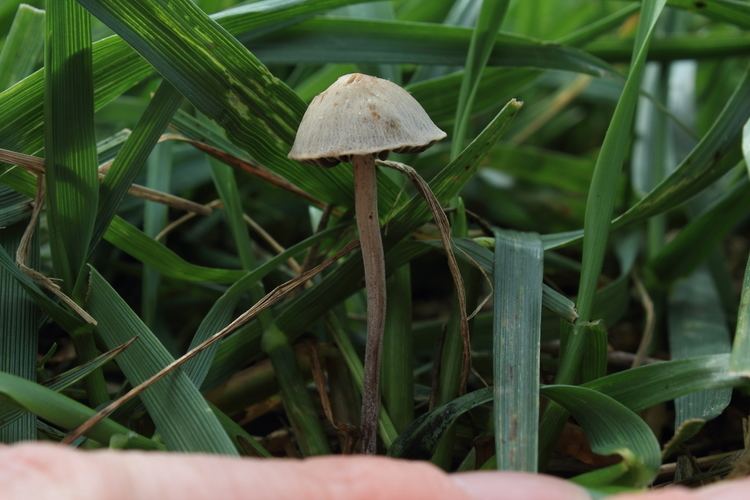Kingdom Fungi Order Agaricales Higher classification Panaeolus | Division Basidiomycota Scientific name Panaeolus olivaceus Rank Species | |
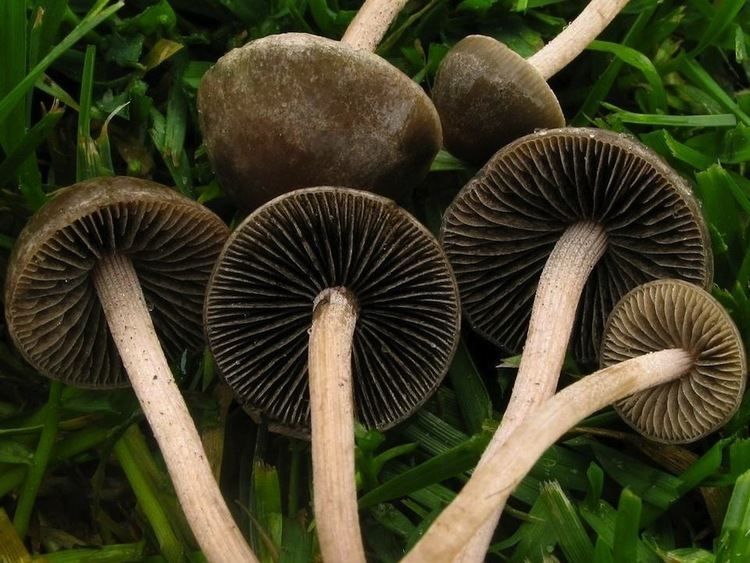 | ||
Similar Panaeolus fimicola, Panaeolus, Panaeolus cinctulus, Gymnopilus luteus, Gymnopilus luteofolius | ||
Panaeolus olivaceus (syn. Panaeolus castaneifolius) is a widely distributed, seldom identified, little brown mushroom that contains the hallucinogen psilocybin; it is often mistaken for Panaeolina foenisecii and is distinguished by its black spore print and darker gill coloration when mature alongside a slightly thicker stem. It is even more easily mistaken for Panaeolus cinctulus or Panaeolus fimicola and can be distinguished from them both by its slightly roughened spores. It is also easily confused with Panaeolina castaneifolia, a species which has spores that are dark brown and significantly more roughened.
Contents
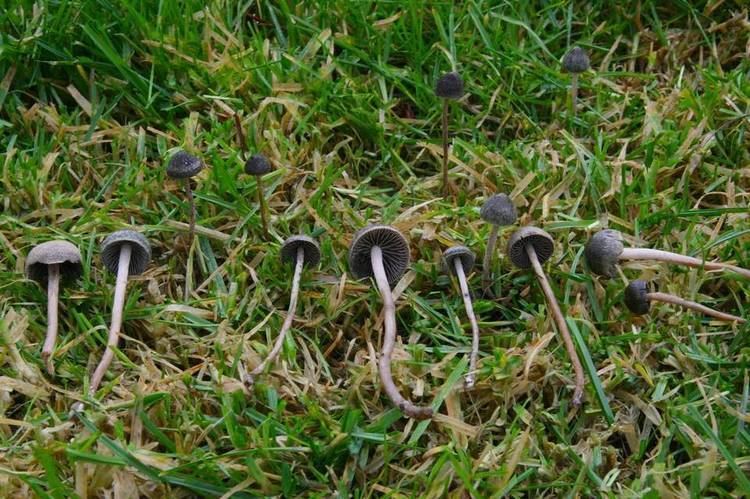
Description
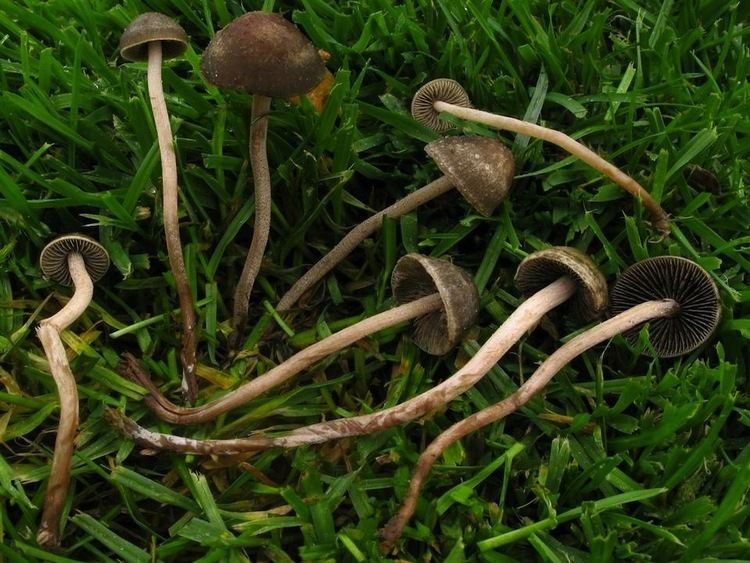
Habitat and formation
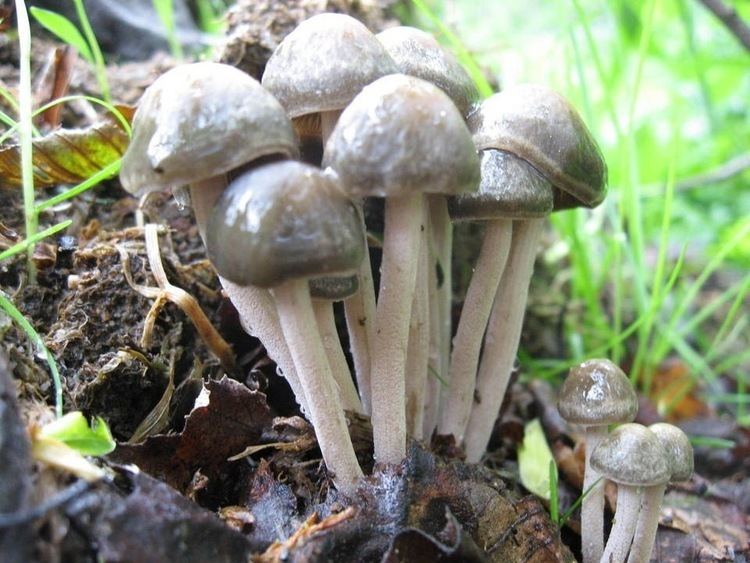
Panaeolus olivaceus grows scattered to gregariously in rich grassy areas, from late summer through December, across North and South America, likely more widely distributed; it has been collected in the U.S. states of Washington, Oregon, Florida, Georgia, Canada's Quebec and in the United Kingdom.

